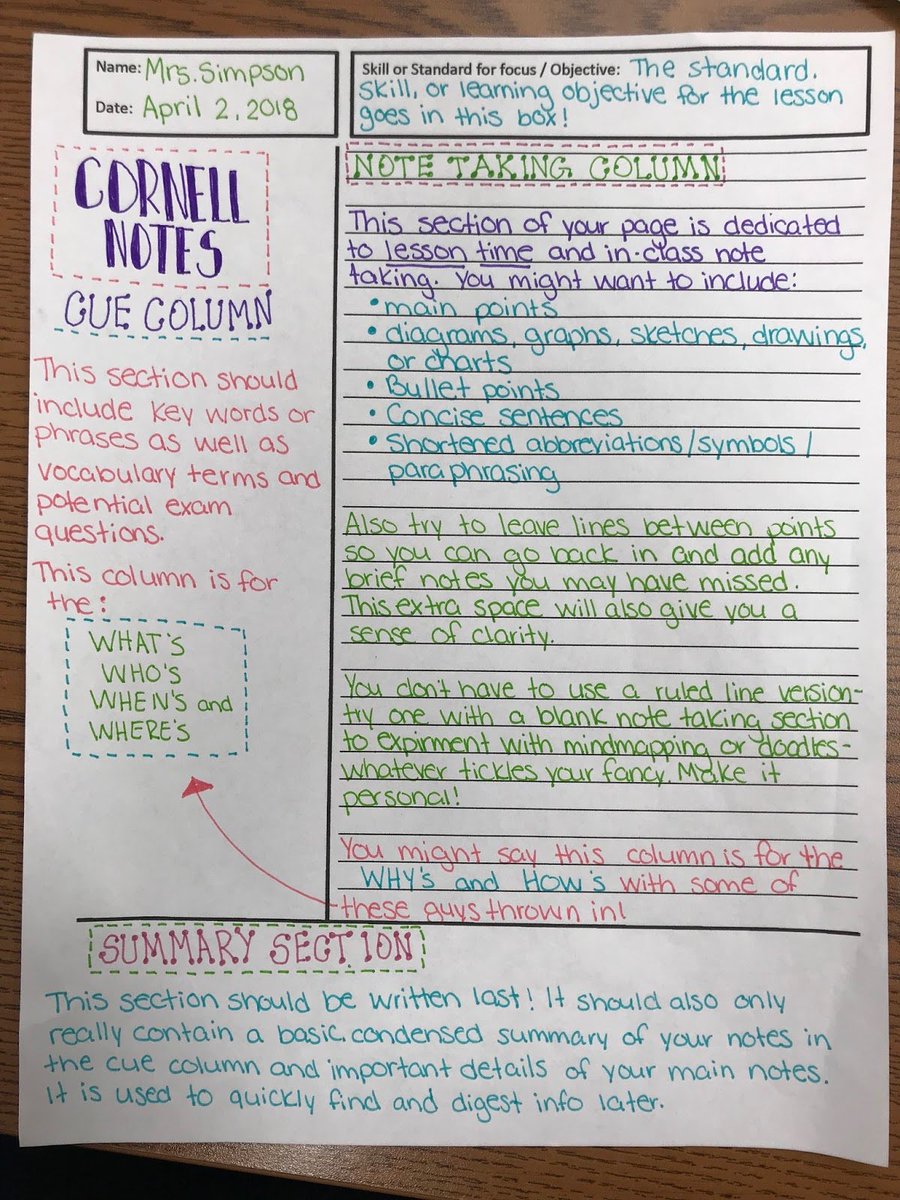
Today there is a disturbance in the PKM force.
@obsdmd released their FREE mobile app. I have been using beta for 2 months with their paid Sync service & all I can say is:
Obsidian Desktop, mobile & sync - dream team in PKM space
I highly recommend it!
obsidian.md
@obsdmd released their FREE mobile app. I have been using beta for 2 months with their paid Sync service & all I can say is:
Obsidian Desktop, mobile & sync - dream team in PKM space
I highly recommend it!
obsidian.md
Obsidian Mobile is not some watered-down afterthought gesture to Mobile, but a strong mobile app. In my personal experience, 95% of what I can do on the desktop I can do in mobile, including using all my plugins.
Mobile works great on mobile phone and tablet (iOS and Android)
Mobile works great on mobile phone and tablet (iOS and Android)
The Sync service is amazing. It is $40 USD a year. It includes sync up to 5 vaults, all with a 4GB storage. Which is very good for markdown files, PDFs, images and such.
The sync service syncs not just documents, but all your custom CSS, plugins, hotkeys and other settings.
The sync service syncs not just documents, but all your custom CSS, plugins, hotkeys and other settings.
The sync also enables Zero Trust security (Trust No One). Basically you set a LONG password to your vault which means the data leaves your device encrypted, stored on their servers encrypted & is unencrypted on return. They can’t access your data.
People… this is so important!
People… this is so important!
I am using about 30 plugins. There is a plugin called templater, which replaces SmartBlocks in Obsidian. There is a “Spaced repetition” plugin that replaces roam/sr. There is a plugin called Date NLP which replaces many of the roam42 date features.
Long story short: I have replaced most of my roam user experience successfully with Obsidian Desktop, Mobile and Sync. A few things are lacking, but I find other ways to get the same results.
More than one way to do something, and its true!
More than one way to do something, and its true!
And just as I did in Roam, when something ways lacking in Roam, and yeah — that was often, I would code up as roam42 feature, Obsidian has a beautiful developer experience & community.
So what Obsidian can’t do, I can make it do (admission: i haven’t had to do this yet)
So what Obsidian can’t do, I can make it do (admission: i haven’t had to do this yet)
Some ask if I left Roam. Answer: NO. I use Roam for some tasks, but not daily. I have a 10 year believer plan with Roam, so I give them 10 years to win me back (not 100% they care about that). So keeping toes in the “roam” water, but actually getting real work done in Obsidian.
• • •
Missing some Tweet in this thread? You can try to
force a refresh








